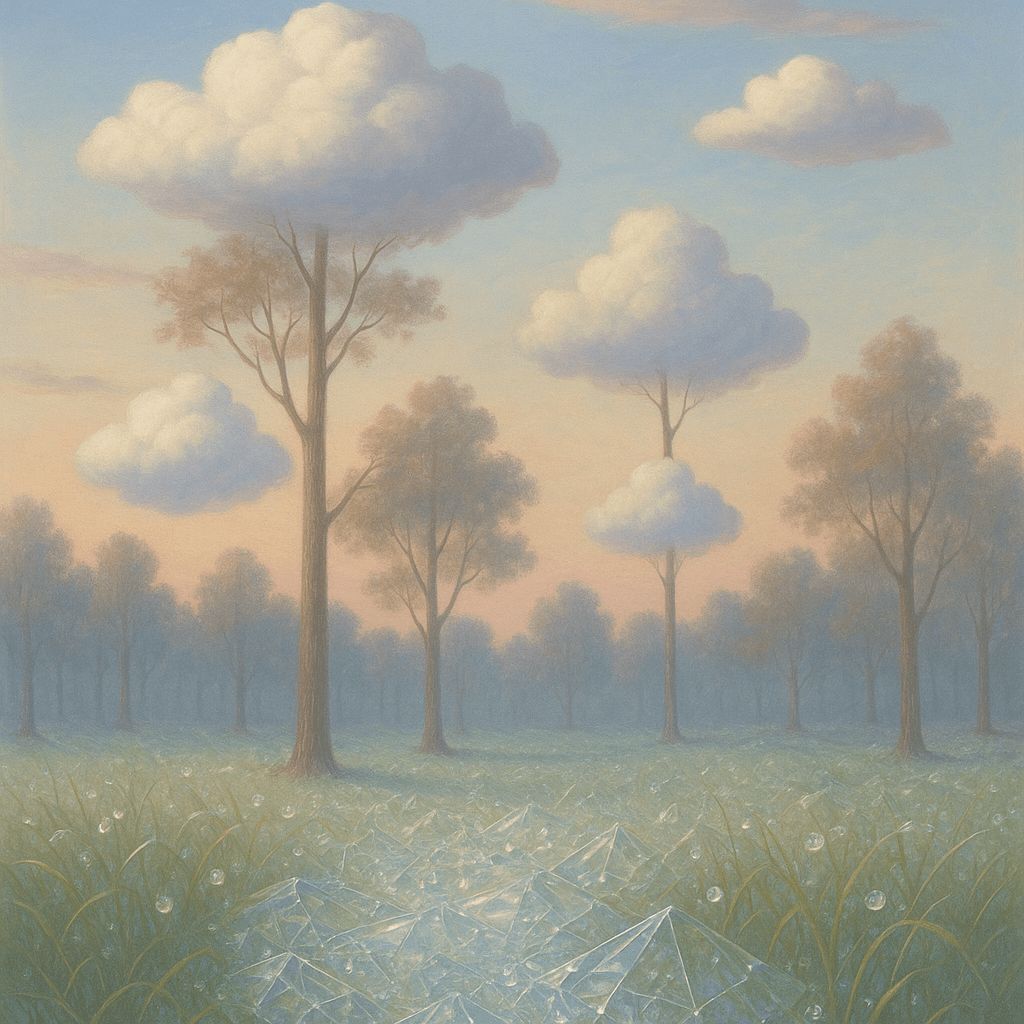Embracing Naïveté as a Pathway to Creative Insight

Dare to be naïve. — René Magritte
Redefining Naïveté in a Complex World
René Magritte’s call to “dare to be naïve” stands in deliberate contrast to common perceptions of naïveté as ignorance or gullibility. Rather than denoting foolishness, here naïveté becomes an act of conscious openness—a decision to approach the world without the armor of skepticism or cynicism. In a society that often equates maturity with skepticism, Magritte invites us to revisit the power of innocent curiosity.
Surrealism and the Wisdom of Simplicity
This perspective aligns seamlessly with Surrealist ideals. Surrealists, led by André Breton in the early twentieth century, championed the unfiltered logic of dreams and the subconscious. Magritte’s own artworks—such as "The Son of Man" (1964)—captured innocence and ambiguity, blurring boundaries between reality and illusion and urging viewers to see familiar objects with fresh, childlike wonder. Thus, naïveté is recast from weakness to artistic strength.
Creativity Through Unconditioned Perception
Continuing this thread, authentic creativity often springs from seeing the world unencumbered by preconceived notions. Pablo Picasso once stated, “It took me four years to paint like Raphael, but a lifetime to paint like a child.” Like Magritte, Picasso recognized that creativity flourishes when we temporarily suspend adult assumptions, welcoming the surprises that lie within raw perception.
Naïveté as Resistance to Conformity
Moreover, to adopt naïveté is to resist the pressures of social conformity. In education and culture, we are often urged to suppress odd or unorthodox ideas in favor of conventional thinking. Yet, as demonstrated in works like Antoine de Saint-Exupéry’s 'The Little Prince' (1943), the ability to think simply can uncover truths overlooked by jaded perspectives, suggesting naïveté is a stance of courage and authenticity.
Living with Openness in Everyday Life
Finally, Magritte’s exhortation serves not merely as artistic advice but as an everyday philosophy. By embracing naïve openness, we allow ourselves to engage fully with novel experiences and new people—and to continually question what we assume to be true. In doing so, we cultivate both resilience and wonder, discovering that, as Magritte implies, the most original insights often await those willing to be ‘naïve’ in their vision.